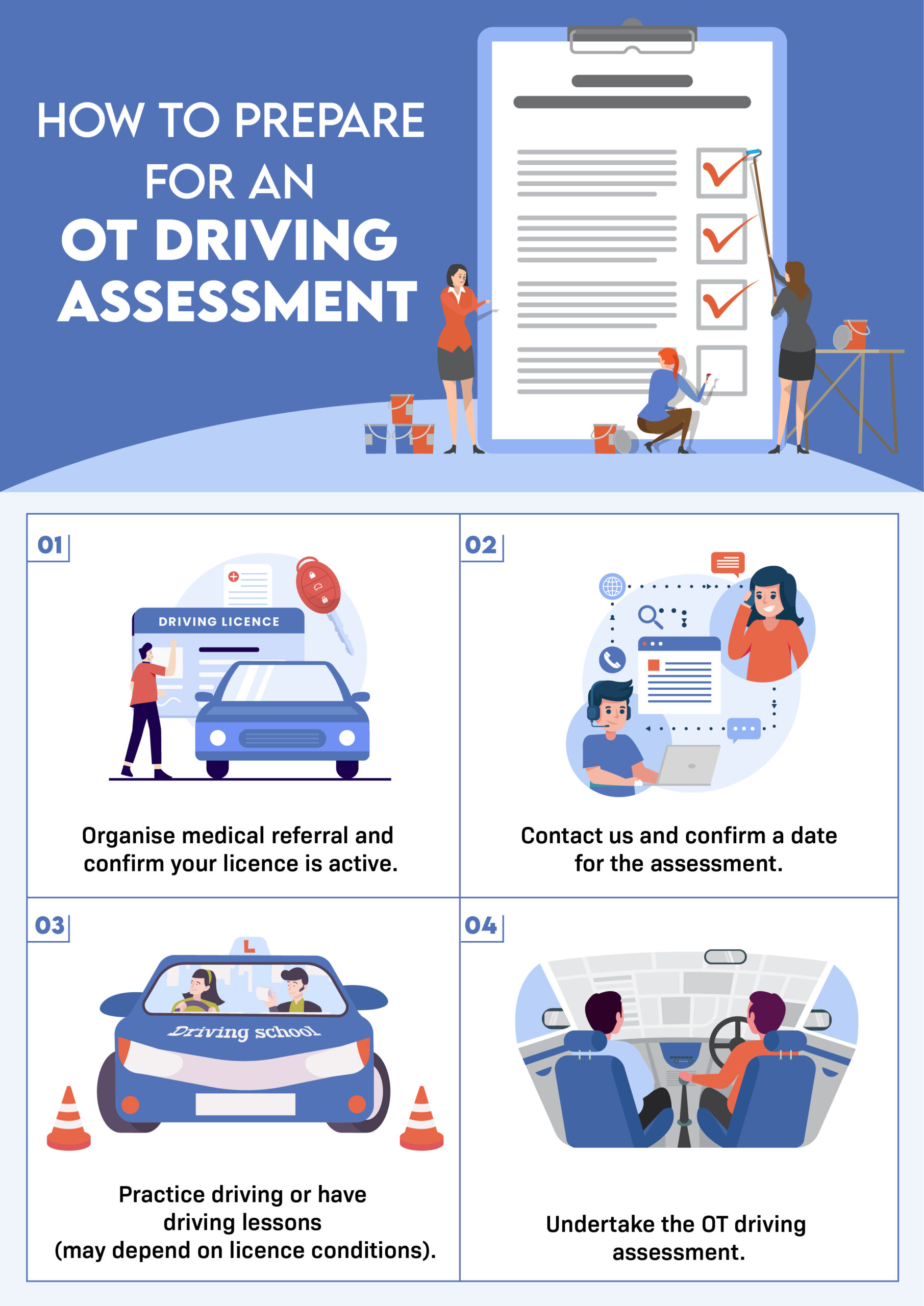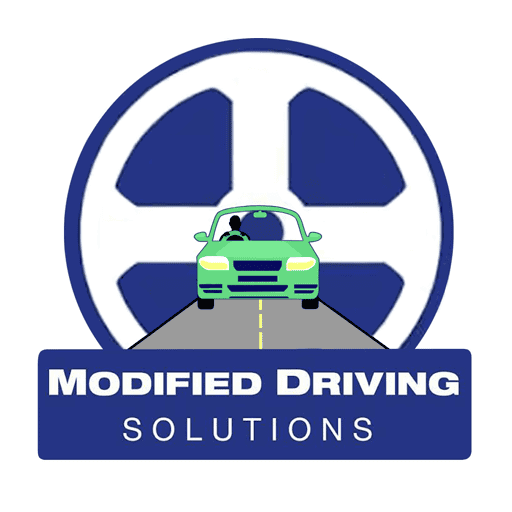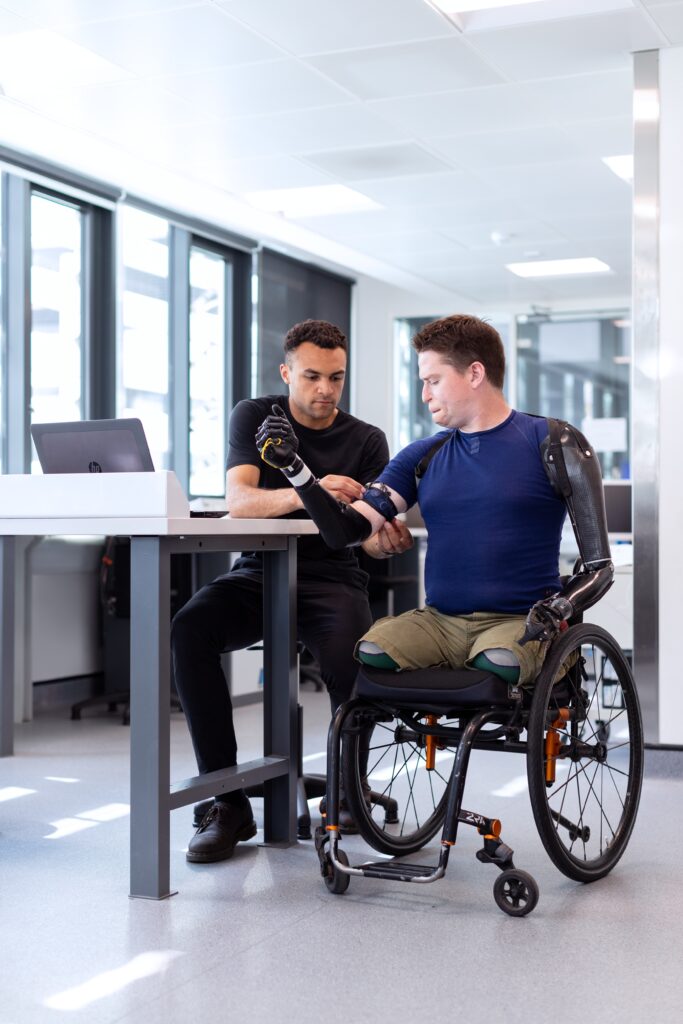What is a driver trained OT?
On a daily basis, many people undertake the crucial task of driving. Driving is an activity that allows people to fulfil activities that are important to them and gives them freedom of travel and access their community. This can range from fulfilling employment or educational obligations, social engagements with family and friends, participating in leisure activities or becoming more connected to society. However, many people at some point in their lives will suffer a medical condition or injury that may affect their driving ability. Thus, any changes to a person’s ability to drive will likely also affect their everyday life and routines. In these instances, driver trained occupational therapists (OT) may become involved to help determine a person’s medical fitness to drive.

Like many other health professionals, OTs are also registered with the Australian Health Practitioner Regulation Agency (AHPRA) and are often members of OT Australia (OTAUS). To become a driver trained OT, they must have completed a regular OT university degree, practiced as a therapist for several years, as well as completed a specific post-graduate qualification. As such, not every OT has the authority or qualifications to complete driving assessments. This supplementary experience allows driver trained OTs to make decisions regarding someone’s driving capacity based on their medical condition. OTs with this specific qualification is the process that is endorsed by the RMS to assess a person’s medical fitness to drive.
What makes the Occupational Therapist the most appropriate health professional to assess driving?
To answer that question, the role of an Occupational Therapist must first be defined. In general, OT is the allied health stream that focuses on building people’s self-reliance so they can better live their lives to the best of their ability. OTs work in a variety of settings and with people of all age groups and various medical conditions. Occupational therapists can engage with people in truly every aspect of their lives to enhance their independence, helping them to achieve their personal and health goals. At the core, Occupational Therapists aim to help people to complete activities that are necessary and meaningful for that individual. Generally, there are two ways that this is achieved by occupational therapy: changing and moulding the person’s physical environment or surroundings to better assist and support them; and/or heightening the person’s abilities and skills. Common examples of occupational therapy goals include improving basic self-care skills, money management, equipment prescription or rehabilitation following an injury or illness.
You may not realise it, but driving is one of the most complex tasks that we complete on a daily basis. This is because driving requires the person to harmonise the use of their visual, physical and cognitive skills, all in the setting of a constantly changing and unpredictable environment. To drive safely and to legal standards, these three components must work together in unison. Other therapy types focus on specific issues; for example, a Psychologist can assess cognition but would be unable to assess any physical deficits, or a Physiotherapist is qualified to assess and treat physical issues or injuries but cannot develop cognitive-based interventions. Similarly, while a doctor is the first step to assessing a person’s medical fitness to drive, their observations and assessments are limited as they do not complete a practical observation of the person driving. Driving is a task that is best appraised by observing the person as they drive, as it is the only way to thoroughly judge how the three areas of visual, cognitive and physical abilities are able to manoeuvre a vehicle. Therefore, it has been established that Occupational Therapist Driving Assessments are the benchmark for determining fitness to drive.
Occupational therapists are qualified to assess all the above-mentioned areas and do this while observing the person driving on-road. Thus, Driver Trained Occupational Therapists assist people to maintain or regain their licence by recommending interventions and developing their skills to use vehicle modifications. Driver Trained Occupational Therapists can also develop specialized lesson plans for people who are having difficulties driving due to their medical condition. This is often done in collaboration with rehabilitation driving instructors. Moreover, for new or learner drivers, Driver Trained Occupational Therapists can promote a driving program with rehabilitation driving instructors to teach the person to drive and manage any medically-related difficulties when driving.
The Occupational Therapy driving assessment
When a person has a medical condition that may impact their ability to drive, their treating doctor or health professional may refer them for an Occupational Therapy Australia Driving Assessment. This is common practice throughout Australia and many other countries. The primary aim of all driving assessments completed by occupational therapists is to determine if the person is currently safe to drive. This is the therapist’s first concern. As mentioned earlier, driving is complex, but it is also often the task that carries significant risk that most people complete every day. Motor vehicle accidents remain one of the most common forms of injury and death in NSW and nationwide.
The secondary purpose of the occupational therapist is in situations where the person is not currently driving safely due to their medical condition, determine what interventions can be implemented to improve their driving performance. This may involve the occupational therapist prescribing vehicle modifications for the person, which they will need to learn how to use safely and independently, then have endorsed on their driver’s licence.



